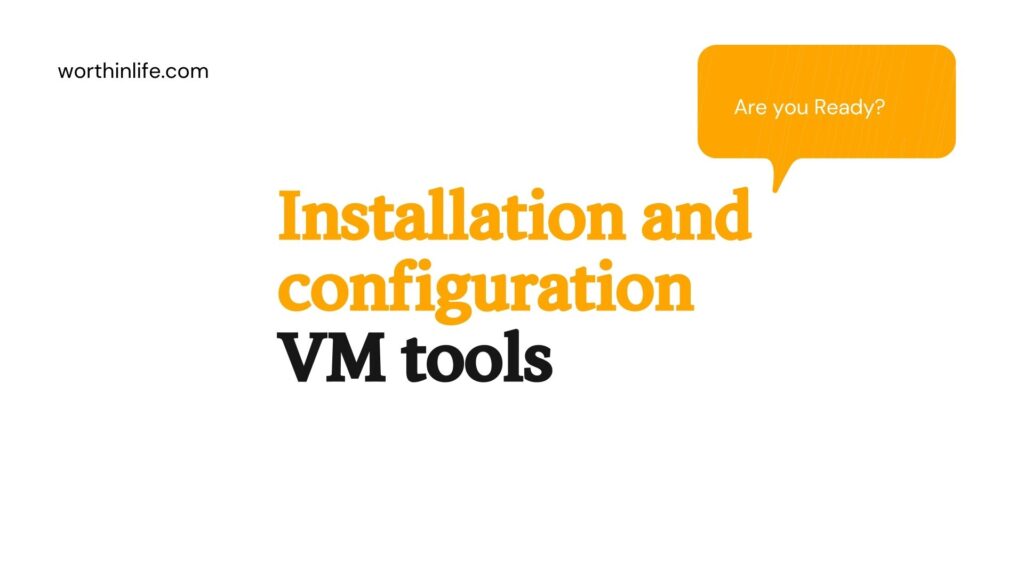Developers often face challenges when working in a new and unfamiliar environment. that’s why the organization faces challenges with cloud application security.
For instance, they may be used to working in a certain language or framework that may not be available to them on a particular platform.
There is also a serious lack of documentation on cloud application development, architecture, and security due to its immature nature.
Therefore, developers have more things to learn, which can slow down the process, or worse yet, they do not learn and plow ahead with disastrous results.
Some challenges must be faced due to the complexities of the cloud-computing model and cloud application security .
Some of the issues and characteristics that developers and administrators must deal with include the following:
- Multitenancy: This is the concept of sharing resources with other cloud customers simultaneously.
- Third-Party Admins These are cloud providers who manage the administration of your system and who are not under your control.
- Deployment Models (Public, Private, Community, Hybrid) Certain models such as the hybrid model remove or reduce the authority and execution of security controls in the environment.
- Service Models (IaaS, PaaS, and SaaS) Developers may or may not have control over the particular infrastructure, platform, or even application stack that they must work with.
Another area of complexity and concern for the cloud is that of understanding the appropriate use and design of encryption technologies in the cloud and with cloud applications.
Encryption is one of the more effective control mechanisms for securing digital data and, in many cases, is the only viable option for the cloud customer to have a sense of assurance regarding the security of their data, because the customer won’t have administrative or physical control of the cloud resources and infrastructure.
All of these factors demonstrate why learning more about the cloud environment and the challenges of working in this setting is so important. Not all applications will run in the cloud. Some will work well, others are not so much.
They must be examined on a case-by-case basis with these factors and characteristics in mind.
Top Cloud Application Security and Deployment Pitfalls
On-Premise Apps Do Not Always Transfer (and Vice Versa)

On-premise are usually designed to be run in a fast, local environment where data is accessed, processed, and stored locally.
Moving these to the cloud is not always practical or even possible. Problems encountered can be as simple as making calls back to the enterprise and as complex as code that will not run effectively on certain cloud-based web platforms.
One issue that can arise from the inexperience of cloud application development is the use of remote calls.
These calls are made by the application, usually to some form of a database.
Moreover, they are typically designed to work rather quickly.
When placed in a cloud environment, calls have to be made back to the enterprise where the data resides; performance can quickly degrade to the point where the application doesn’t work at all.
Enterprise application developers often do not have to contend with speed or bandwidth issues due to running on a local area network (LAN).
A lack of routine involvement and high-speed switches make these very quick and responsive even if the code is sometimes not well written.
One example would be when the application makes numerous calls to assemble a single piece of data, as opposed to making a single call and collecting it all at once.
These design issues can slow a cloud application down to the point that it simply does not function properly.
These calls create numerous sessions and take up processor and memory resources, and eventually, entire systems can slow to a crawl.
Lastly, the legacy on-prem applications are not typically asked to share resources such as CPU, RAM, and bandwidth, again allowing poorly designed code to run adequately on a faster local network but then failing to meet expectations when moved to the cloud.
Poor Documentation

The lack of proper documentation is not a new risk introduced by cloud computing, but it is instead a harsh reality in our field.
Developers are constantly being goaded to rush applications into production, while documentation is a slow, methodical process that does not add to functionality or performance.
Moreover, the skills necessary for software design don’t often overlap into the skillset for technical documentation, so the two efforts are largely performed by different people, which adds another layer of complication and delay to the process.
Finally, if the on-prem legacy environment is not properly documented (as is often the case), this will further deter efforts to have adequate documentation when the environment is moved to the cloud.
Not All Apps Are Cloud Ready

Some applications, specifically database applications, might run even better in the cloud.
Typically cloud storage is faster than older enterprise spinning disks, and the data usually has a much smaller distance to travel to reach compute and storage components since they are all stored in the same logical units.
However, they are not all ready for the cloud. Oftentimes, code must be reevaluated and altered to run effectively in the cloud.
Encryption may be needed that had not been used in the past, and a host of other issues exist.
Even though some apps will eventually run successfully in the cloud, they are not always immediately ready and may require code or configuration changes to work effectively.
Tenancy Separation

In the legacy enterprise, where all infrastructure and resources are owned and controlled by the organization, there is no risk of other tenants (including the organization’s competitors!) accessing the organization’s data through inadvertent “data bleed” between applications, OSs, guest images, and users.
The exact opposite is true of the cloud environment: all those possibilities exist, so the risk of each must be addressed by significant use of countermeasures that ensure access control, process isolation, and denial of guest/host escape attempts and all these countermeasures will be dependent on remote administration (and will most likely require significant negotiation and cooperation with the provider).
Use of Secure, Validated APIs

One feature that makes cloud-based operations so desirable is the flexibility to use current datasets in new and novel ways;
This capability is offered and enhanced through the deployment of a wide variety of APIs, many of which can be chosen by the cloud customer, and even still more that can be selected by the user (on the users own platform or device, in a BYOD environment).
Although the variety of options is enticing, it brings an attendant risk: the APIs used to provide this capability might be of questionable origin.
It behooves the cloud customer to formalize a policy and process for vetting, selecting, and deploying only those APIs that can be validated in some fashion a method for determining the trustworthiness of the source and the software itself.
This process should be included in the organization’s acquisition and development program, as well as the change management effort.




